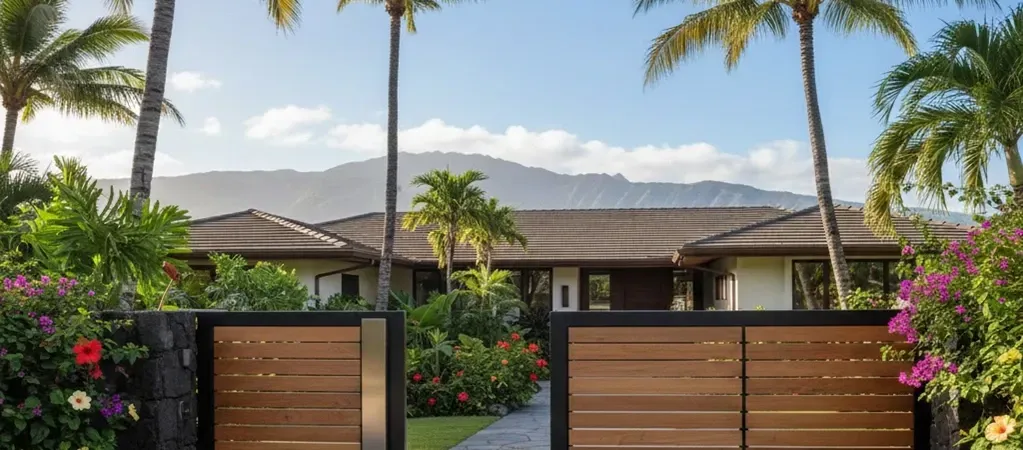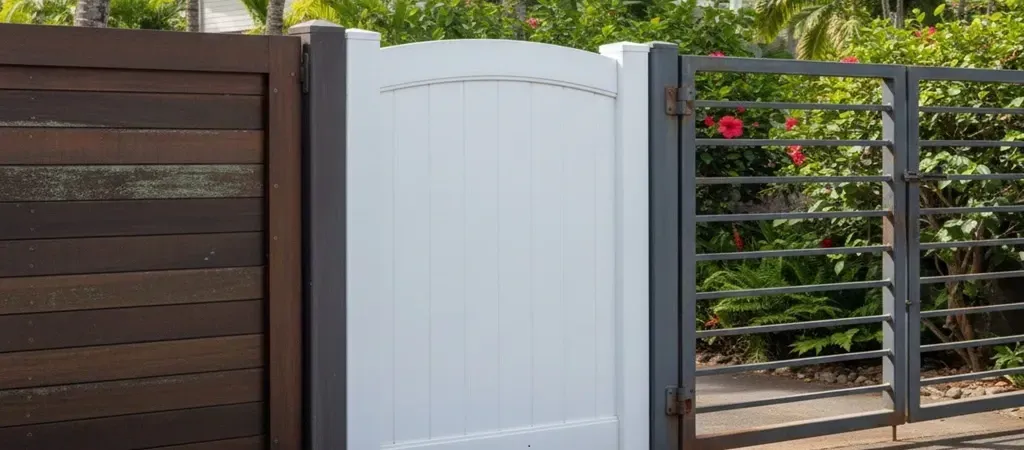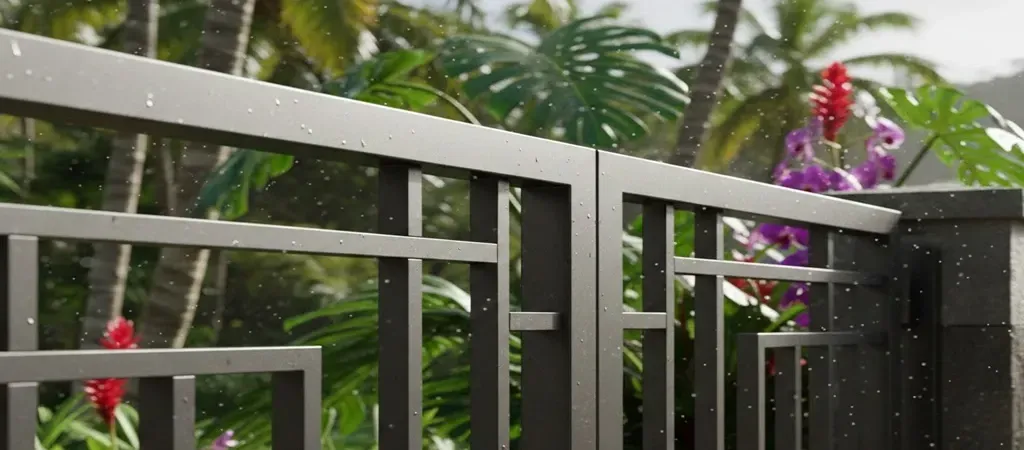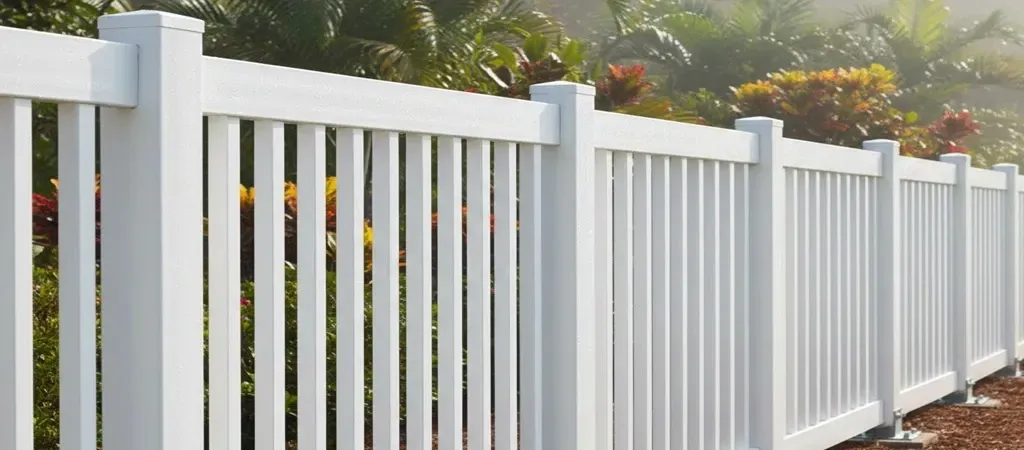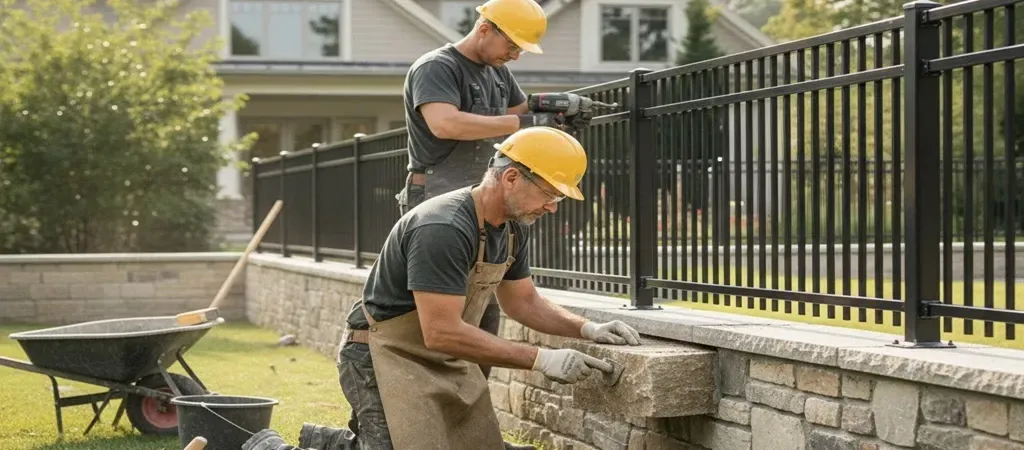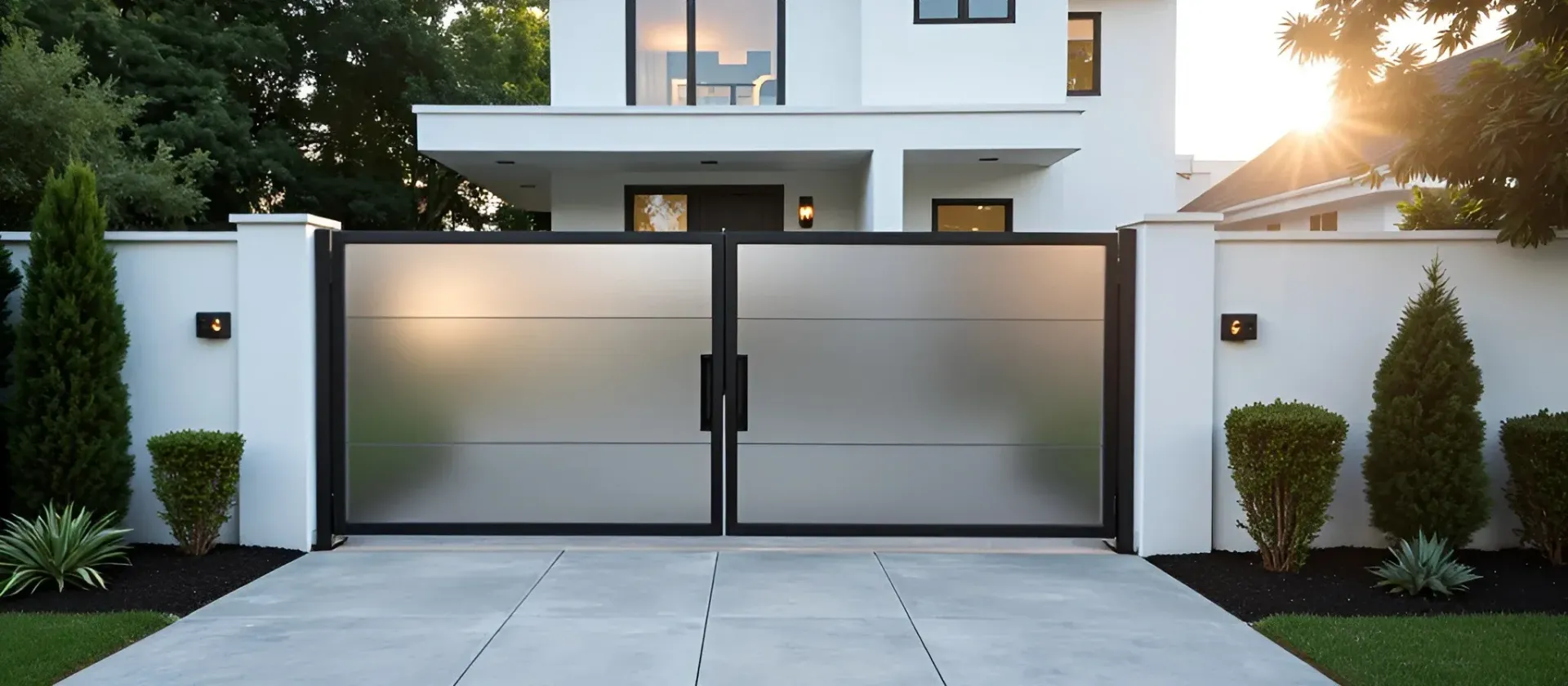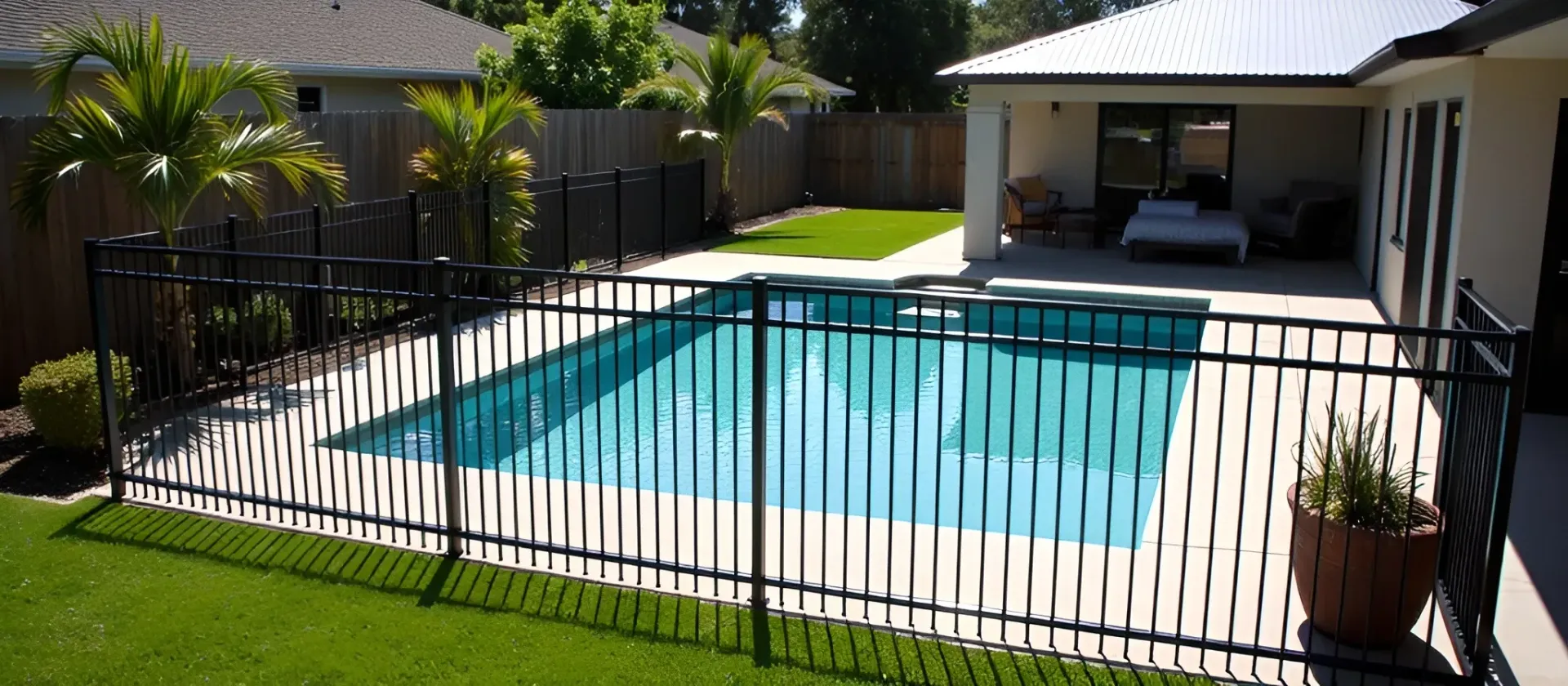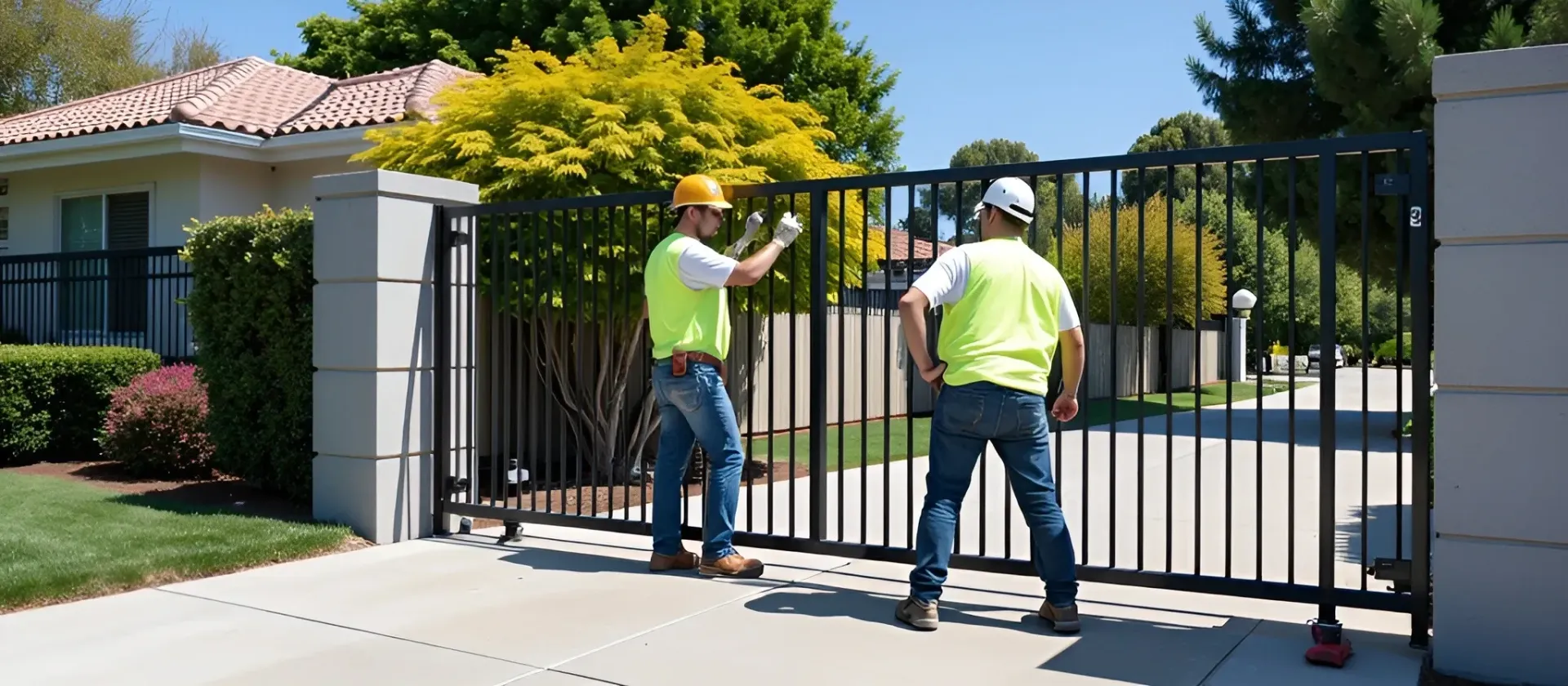White vs Tan Vinyl Fence: Which Color Suits Your Home in Laie, HI?
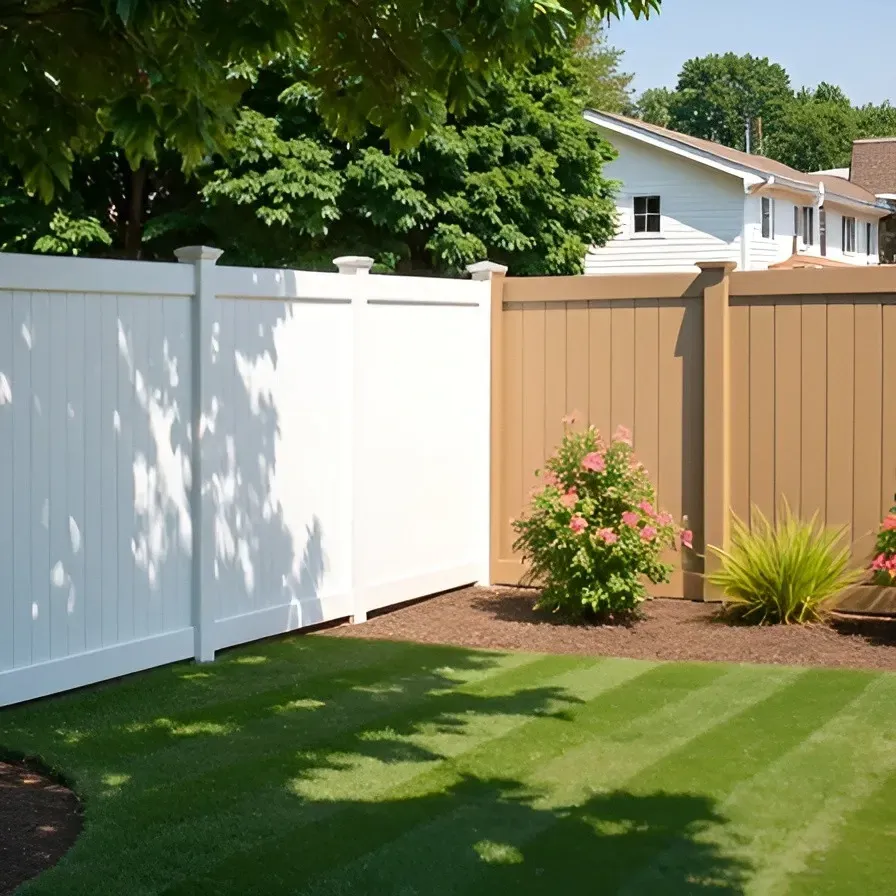
Over the past five years, the popularity of vinyl fencing has increased by about 5% annual rate. The credit for the rise can be given to its exceptional durability and minimal upkeep.
This number shows how vinyl is becoming a go-to-choice for homeowners who seek both practicality and aesthetics. However, many face a decision-making issue when it comes to picking between a white or tan vinyl fence.
This article takes that confusion into account and aims to guide you through the science and style of designing. We’ll see why white vs tan vinyl fence matters, how each color performs, and what to consider before making your choice.
Basics of Vinyl Fencing
Made from durable polyvinyl chloride or PVC, vinyl fencing is prized for its resistance to rot, pests, UV damage, and moisture. In terms of practical usage, it outperforms traditional methods like wood. Those methods require regular painting or staining and face deterioration over time.
While choosing a vinyl fence for your house, its color matters more than looks. It affects heat absorption, blends with its environment, and influences how much cleaning and care the fence will demand. That’s why comparing white vs tan vinyl fences is necessary if you want long-term performance.
White Vinyl Fences: A Timeless Choice
Aesthetic & design benefits
White vinyl fences offer a crisp and classic look that brightens any yard. They pair effortlessly with the traditional architecture like colonial or cottage styles. White fences also provide contrast if your home has a darker exterior.
Reflectivity
White surfaces reflect more sunlight and absorb less heat. In sunny, hot climates, this reflectivity means the surface stays somewhat cooler. Therefore, this is a subtle but noteworthy benefit if you live where temperatures soar.
Maintenance considerations
Through white highlights, dirt and blemishes are easy to spot (and clean). Usually, a quick wash can restore its bright appearance. However, if the spots are difficult to clean, it’ll look dirty — making
fence maintenance an important part of keeping it looking its best.
Ideal use cases
No doubt it can get dirty, but it also looks classic. Here are some ideal use cases:
- Homes with darker exterior shades or traditional design features
- Regions prone to intense sun and high temperatures
- Homeowners who want a standout look
In sum, the debate of white vs tan vinyl fence tends to favor white when brightness, contrast, and cooler surface temperatures are top priorities.
Tan Vinyl Fences
Aesthetic & design
Tan offers a warm and earthy tone that integrates beautifully with landscapes. It complements soft or neutral exterior palettes. Therefore, it’s perfect for homes with beige, taupe, or stone trim. However, it also works well with rustic or naturalistic architecture.
Heat and environmental blending
Tan absorbs a bit more heat than white, but not significantly. Its real strength lies in camouflage as it makes dust, pollen, and minor stains far less obvious. This reduces the pressure of frequent cleaning — a plus for properties in
dusty or windy climates like Honolulu.
Maintenance considerations
Because tan masks surface imperfections more readily, cleaning can feel less urgent. This is great for busy households or areas with lots of airborne debris.
Ideal use cases
Like white vinyl fences, tan is also appropriate in some use cases. For example:
- Homes with warm or neutral exterior color schemes
- Properties with heavy dust, pollen, or environmental exposure
- Landscapes dominated by earthy or muted tones, where the fence should recede rather than pop
Thus, the debate of white vs tan vinyl fence leans towards the tan color when subtlety and low visibility upkeep are key.
Practical Decision-Making Tips
Earlier, we took a look at vinyl types according to different colors. Now, we’ll take a look at some practical tips that’ll help you in making the final decision.
- Start with your climate. If you often deal with strong sun, white may help keep the fence surface cooler. In dusty areas, tan hides grime.
- Match the exterior. Dark or bold house colors contrast beautifully with white. Neutral or soft-toned homes harmonize better with tan.
- Visualize the fence in your space. Use photos or samples and view them in sunlight (and shade) at different times.
- Consider mixed options. A creative approach, like white posts with tan panels, can offer both contrast and warmth.
- Factor in future maintenance habits. If you’re proactive about cleaning, white keeps things neat. But if you prefer, “clean less, look fine,” tan delivers.
If you’re still uncertain, you might also want to review the best materials for fencing in Hawaii to see how vinyl compares to other options.
There are many factors and tips to consider, but too many of these tips can feel overwhelming. Therefore, consider making a pros and cons list for both color types. Whichever gets the most pros wins is your choice!
So… What Exactly to Choose?
There’s no universal winner. When deciding between white vs tan vinyl fence, it comes down to your aesthetic preferences, home design, climate, and maintenance habits.
- Choose white if you want bright contrast, classic charm, and a cooler fence surface.
- Pick tan if you’re aiming for warmth, subtle integration with your landscape, and lower visual maintenance. For more design inspiration, explore these modern fence design ideas that can elevate your property's curb appeal.
Your fence frames your home’s personality, so choosing the right color should be intentional. By weighing factors like heat reflectivity, upkeep visibility, and aesthetic fit, you can confidently opt for the right option. Both choices bring durability and many other advantages that make vinyl fencing so popular in today’s market. For more inspiration, you can explore modern fence design ideas to see how both colors work in different settings.
